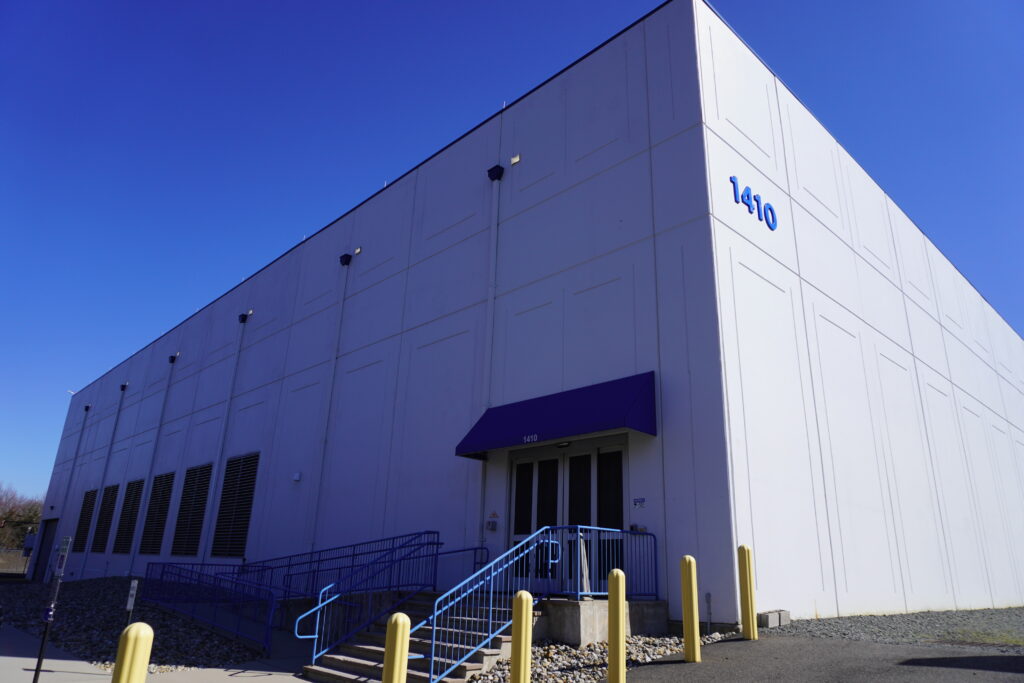
Tampnet partners with NJFX, increasing diversity for USA and European customers
Red Sea conflict threatens Key Internet Cables. Maritime attacks complicate repairs on underwater cables that carry the world’s web traffic.
Gil Santaliz, Founder and CEO of NJFX and Mike Hollands, Director, Market Development & Strategy at Interxion look at the importance of carrier neutral facilities in today’s competetive subsea cabling sector
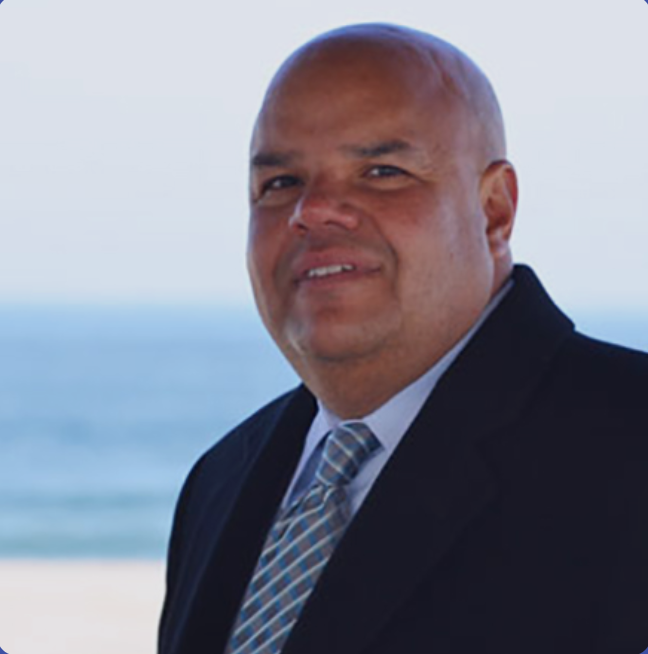
CEO
See the original article by Chris Kelly at Total Telecom
February 14, 2018
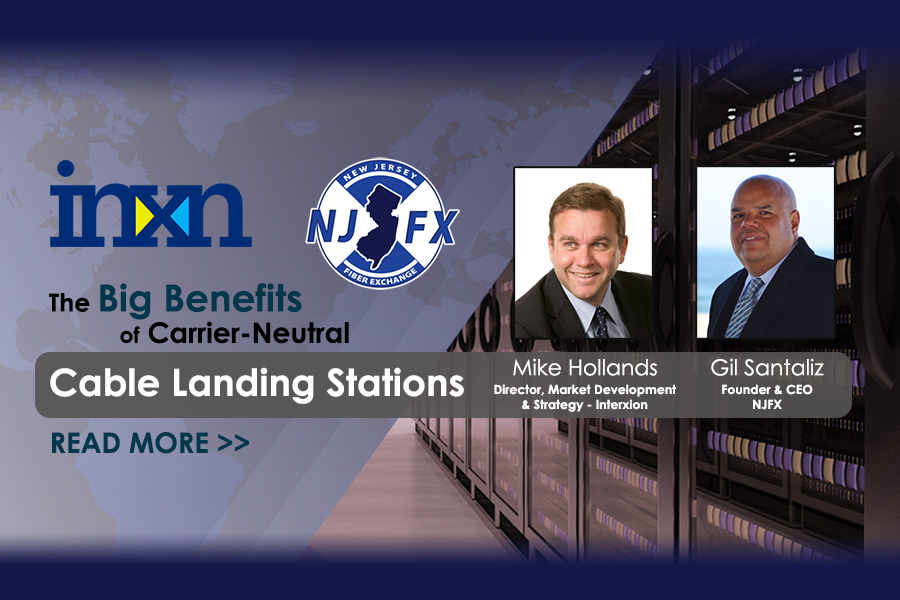
The landscape of today’s Cable Landing Stations and their role are rapidly changing. Gil Santaliz, Founder and CEO of NJFX, believes the future of Cable Landing Stations lies within building a community where a healthy density of diverse networks is created and attracts other infrastructure development. Along with that, a carrier-neutral facility is ideal. “A carrier-neutral facility allows carriers to collaborate in an independent environment, each on an even playing field,” states Santaliz.
Mike Hollands, Director, Market Development & Strategy at Interxion echoes those sentiments, “A submarine cable that terminates in a carrier-neutral data centre secures commercial and operational benefits for the cable’s owners and consortium members. From a commercial perspective, the carrier-neutral data centre operator ensures a level playing field for all parties, removing the high commercial costs often associated with cable landing stations that are owned by one specific carrier,” Hollands adds.
There is a definite need for networks to interconnect, and the benefits of carrier-neutral facilities are clear. Operationally, because the carrier-neutral facility is home to multiple networks, content providers and service providers, the process of establishing cross connects to partners is more efficient. The connections themselves are more resilient as they are delivered within the security of the data centre itself. Carrier-neutral facilities increase the likelihood that any submarine cable project will be a success.
Massive bandwidth demands and the need for highly reliable network infrastructure are driving the need to locate multiple subsea cable systems in one place. “There are huge economies of scale in this model,” states Santaliz. “Operators are recognizing that it’s extremely hard to have all of these elements – elevation, backhaul optionality, and power in one place. A carrier-neutral CLS allows for a best of breed community versus the traditional monopoly carrier landlord model and paves the way for the new economy.”
This infrastructure allows for the ultimate in network reliability by having multiple options to leave a cable landing station. In the U.S., NJFX has taken on this model. In Europe, Interxion is using this model. There are others working to replicate this around the world. But to be a true carrier-neutral facility, and to play a significant role in the development of the submarine cable sector, there is criteria that needs to be met. “Firstly, the data centre must operate in a deregulated market, enabling vibrant competition between service providers that can connect the data centre to other key locations,” states Hollands. “Secondly the datacenter must develop a community of clients within the facility that value proximity to the submarine cable landing point. These clients need Tier 3+ data centres with the ability to handle growth in IT infrastructure deployments over the long term. Interxion Marseille, and NJFX are examples of data centres that fulfil these criteria, and hence have become the interconnection points for multiple submarine cable systems.”
Security is also of utmost importance to the carriers who interconnect at these facilities. Security is taken very seriously by both Santaliz and Hollands. And the industry addresses the issue very well. Multiple systems are often built by submarine cable operators between key destinations, not just to manage capacity demand, but also to provide carriers and content providers with route diversity. The intention is to have an underlying base of diverse routes upon which carriers and content providers can build resilient networks that divert traffic from one system to another in the event a system is subjected to accidental or deliberate damage.
“The increasing trend to terminate submarine cable systems in Carrier Neutral data centres, with all the data centres’ inherent layers of physical security, is more evidence of the operator’s focus on security,” states Hollands.
”Being an operator is a privilege and a process in the United States. It’s taken seriously and supported by all the government agencies involved, including the Department of Homeland Security. Global infrastructure is something the U.S. pays a lot of attention to,” adds Santaliz. The U.S. Department of Homeland Security has designated NJFX Protected Critical Infrastructure.
The significance of a carrier-neutral facility, within a healthy community that has access to diverse routes, resilient systems and tight security, is going to be front and center as the cable building accelerates to meet the huge increases in traffic flows between continents.
###
About NJFX:
NJFX is a Tier 3 Carrier Neutral Cable Landing Station campus. Our colocation ecosystem has expanded to over 35 network operators offering flexibility, reliability, and security. Our Wall, NJ location provides direct access to multiple subsea cable systems giving our carriers diverse connectivity solutions and offers direct interconnection without recurring cross-connect fees.

Red Sea conflict threatens Key Internet Cables. Maritime attacks complicate repairs on underwater cables that carry the world’s web traffic.
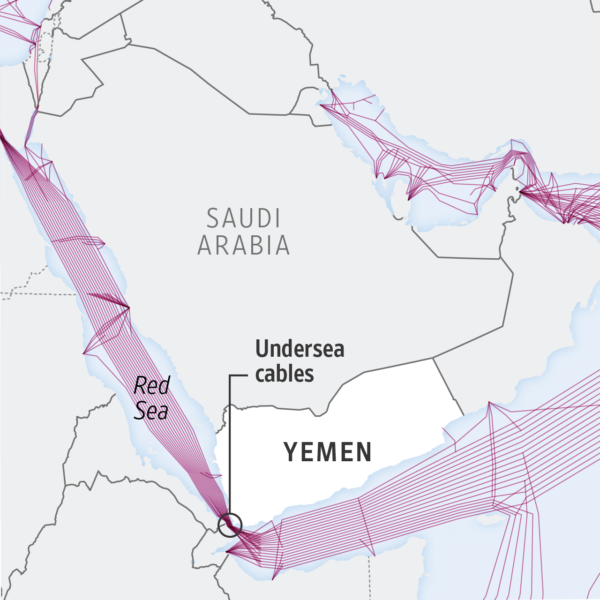
Red Sea conflict threatens Key Internet Cables. Maritime attacks complicate repairs on underwater cables that carry the world’s web traffic.

Enterprises are prioritizing low-latency networks to ensure that their AI applications function at optimal efficiency and accuracy. This focus on reducing latency is about more than speed; it’s about creating a seamless, responsive experience for end-users and maintaining a competitive edge in an increasingly AI-driven market.

The Science Monitoring And Reliable Telecommunications (SMART) Subsea Cables initiative seeks to revolutionize deep ocean observing by equipping transoceanic telecommunications cables with sensors to provide novel and persistent insights into the state of the ocean, at a modest incremental cost.
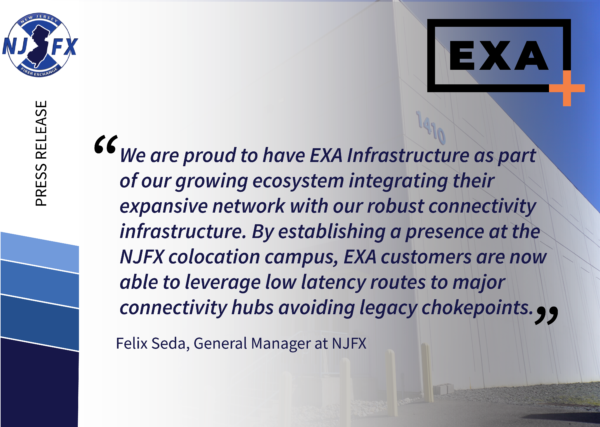
EXA Infrastructure, the largest dedicated digital infrastructure platform connecting Europe and North America, today has announced a strategic partnership with NJFX, a leader in carrier-neutral colocation and subsea infrastructure.

Threats to subsea cable systems at a global scale. NJFX is here to prevent any security threats that happen to connectivity at our CLS colocation facility

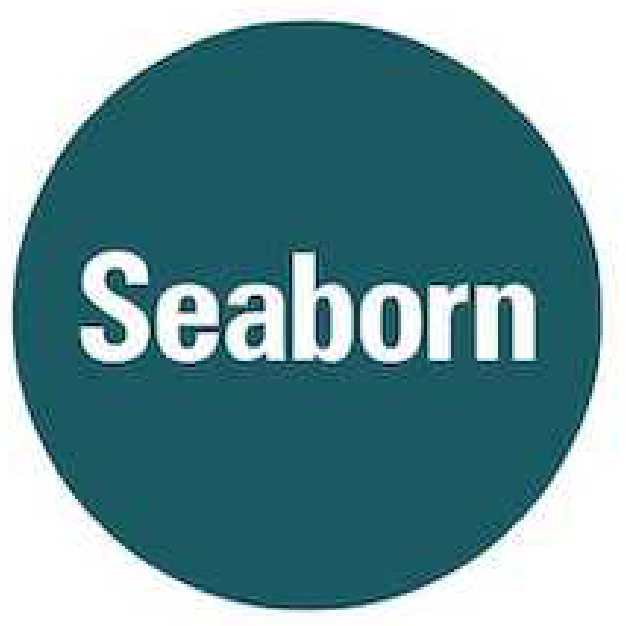







Experience the flexibility, reliability, and security yourself
